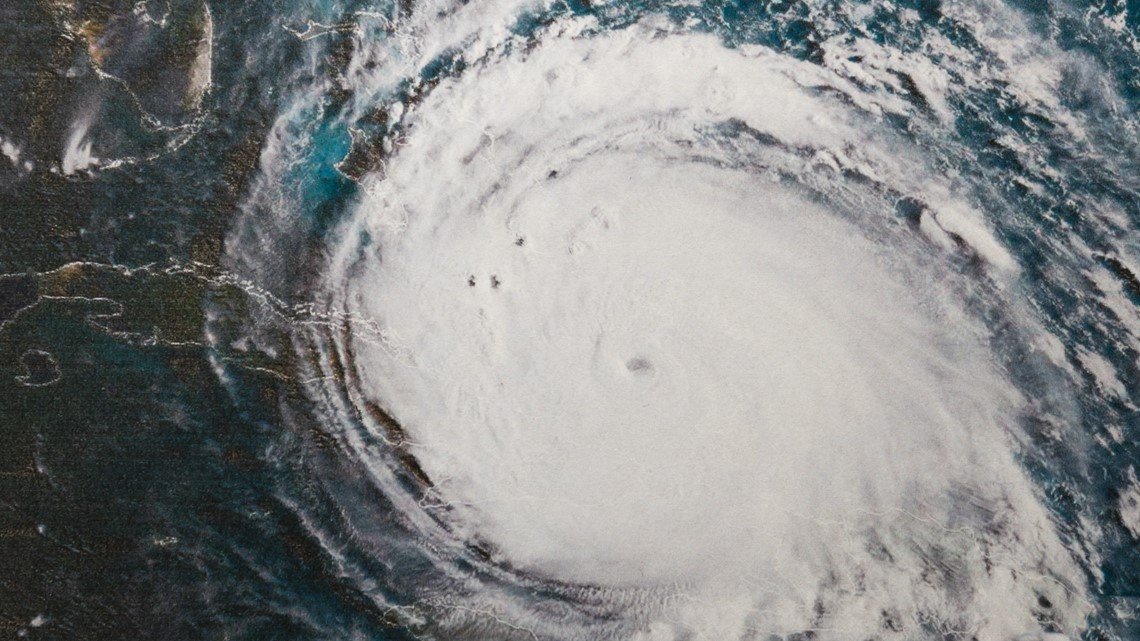Business
Hurricanes unraveled: Get the facts straight with VERIFY’s comprehensive guide

As hurricane season unfolds, understanding the crucial elements can be lifesaving. Here are five key insights into the nature of hurricanes, insurance policies, and preparation efforts.
Hurricane season, spanning from June 1 to November 30, marks a period of potentially intense tropical activity. According to the National Oceanic and Atmospheric Administration (NOAA), this year’s forecast anticipates an “above-average” season. Predictive models suggest there may be 17 to 25 named storms, with four to seven progressing into major hurricanes.
Factors contributing to this higher-than-average forecast include near-record warm ocean temperatures in the Atlantic, the onset of La Niña conditions in the Pacific, weakened Atlantic trade winds, and reduced wind shear, according to NOAA.
It is crucial to grasp what constitutes different tropical storms and hurricanes. Tropical cyclones, including tropical storms, hurricanes, and typhoons, all derive their energy from warm, moist air. These storms form in oceanic regions where water temperatures are at least 80 degrees Fahrenheit. The differentiator among them is largely wind speed and geographic formation. Winds reaching 39 mph or higher classify a storm as a tropical storm, while 74 mph winds designate it as a hurricane. The terms “hurricane” and “typhoon” vary only by location: hurricanes form in the North Atlantic and parts of the Pacific, while typhoons occur in the Northwest Pacific.
The Saffir-Simpson Hurricane Wind Scale categorizes hurricanes into five levels based on sustained wind speeds, giving a snapshot of potential destruction. Category 1 hurricanes are characterized by winds between 74 and 95 mph, potentially causing damage to roofs and power lines. As the wind speed increases, the severity and impact escalate, reaching Category 5 at winds of 157 mph or greater, where catastrophic destruction to homes and infrastructure is expected.
An essential consideration in hurricane preparedness is understanding insurance coverages. Standard homeowners and renters insurance policies typically do not cover flood damage resulting from hurricanes. Separate flood insurance policies, available through private companies or the National Flood Insurance Program (NFIP), are advisable, especially in high-risk areas. It’s worth noting that flood insurance often incurs a 30-day waiting period before taking effect.
Lastly, preparing for a hurricane involves specific proactive steps. Emergency supply kits should include food, water, essential medications, vital documents, and emergency power sources like flashlights and batteries. The Red Cross suggests securing yard items, trimming trees, and protecting windows. Flood prevention measures include cleaning drains and gutters, keeping sandbags handy, and installing a sump pump with a battery backup.
These guidelines offer a comprehensive approach to navigating the complexities and dangers of hurricane season, ensuring safety through informed preparation.


















